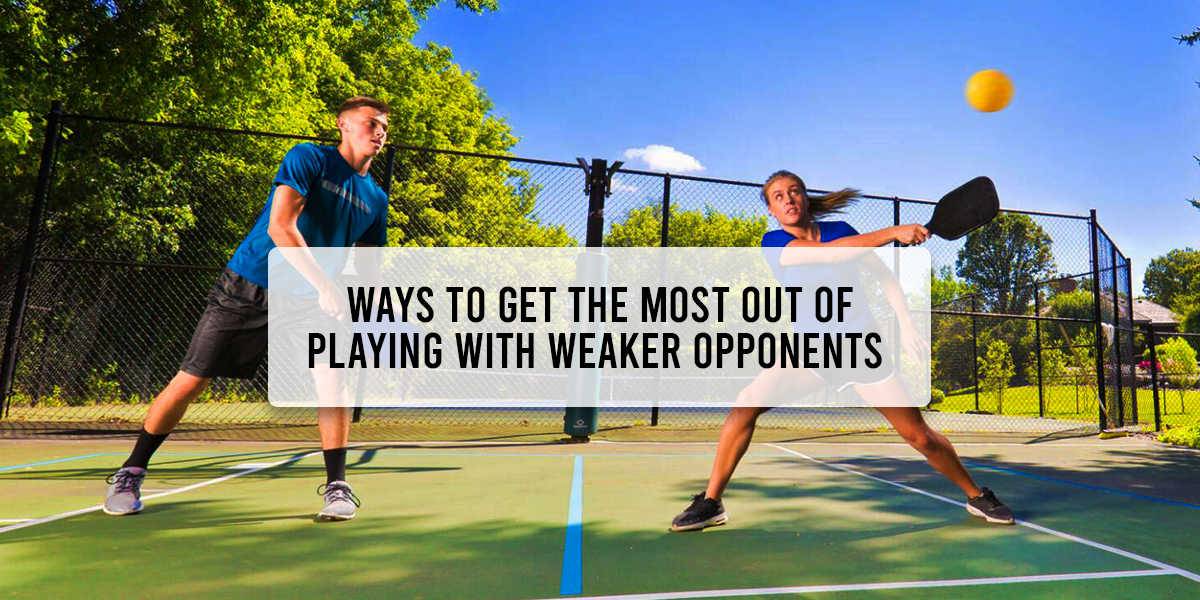Pickleball balls are an important piece of equipment in the game of pickleball. While the basic design of pickleball balls is similar for both indoor and outdoor play, there are some significant differences between indoor and outdoor pickleball balls that can affect the way the game is played. In this blog post, we’ll take a look at some of the key differences between indoor and outdoor pickleball balls and how they can impact the game.
One of the main differences between indoor and outdoor pickleball balls is the material from which they are made. Indoor pickleball balls are typically made of a harder material, such as plastic or a composite, while outdoor pickleball balls are typically made of a softer material, such as rubber or a synthetic rubber. The type of material can affect the way the ball bounces and moves, as well as the amount of spin players can generate on their shots. For example, indoor balls tend to bounce higher and move faster than outdoor balls, which can make for a faster-paced game.
Another difference between indoor and outdoor pickleball balls is the way they are constructed. Indoor pickleball balls are typically made with a solid core and a hollow outer shell, while outdoor pickleball balls are typically made with a solid core and a solid outer shell. The difference in construction can affect the way the ball behaves and the amount of spin players can generate on their shots. For example, indoor balls may have a more predictable bounce and be easier to control, while outdoor balls may have a less predictable bounce and be more difficult to control.
A third difference between indoor and outdoor pickleball balls is the weight and
size of the ball. Indoor pickleball balls are typically lighter and smaller than outdoor pickleball balls, with a weight of around 0.9 ounces and a diameter of 2.9 inches. Outdoor pickleball balls are typically heavier and larger, with a weight of around 1.0 ounces and a diameter of 3.0 inches. The difference in weight and size can affect the way the ball moves and the amount of power players can generate on their shots. For example, indoor balls may be easier to hit with more precision, while outdoor balls may require more power to hit effectively.
A fourth difference between indoor and outdoor pickleball balls is the way they are marked. Indoor pickleball balls are typically marked with a single line that runs around the circumference of the ball, while outdoor pickleball balls are typically marked with a series of lines that run around the circumference of the ball. The difference in markings can affect the way the ball behaves and the way players approach their shots. For example, players may have to aim for specific points on the ball in outdoor pickleball to generate more spin or control.
A fifth difference between indoor and outdoor pickleball balls is the way they are used in the game. Indoor pickleball is typically played on a hardwood or rubber floor, while outdoor pickleball is played on a variety of surfaces, including concrete, asphalt, and outdoor sports surfaces such as grass or artificial turf. The type of surface can affect the way the ball bounces and moves, as well as the amount of grip players have on the court. For example, outdoor surfaces may be more slippery than indoor surfaces, which can make it more difficult to move and hit the ball with precision.
Overall, indoor and outdoor pickleball balls are similar in many ways, but there are some key differences that can affect the way the game is played. Whether you prefer indoor or outdoor pickleball, it’s important to be aware of these differences and choose the right ball for your style of play. With practice and experience, you can become a more well-rounded pickleball player and improve your chances of winning points in a match.




